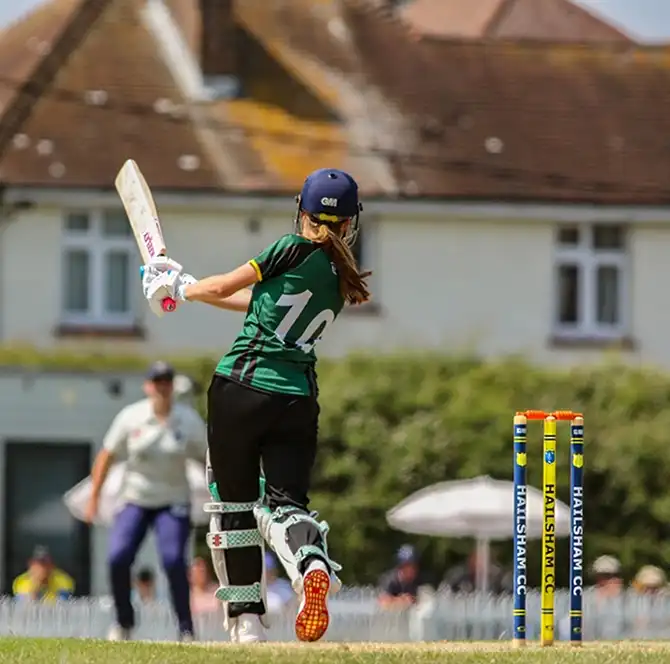Women’s cricket has evolved from low visibility to a global sport over the years. It has plenty of room to grow and many areas to address in relation to achieving equality and visibility across the game. One way to help bring attention to women’s cricket and help alleviate barriers is to get enrolled in a women’s cricket academy which provides structure in training, exposure and opportunities for female athletes to become better players at all levels.

